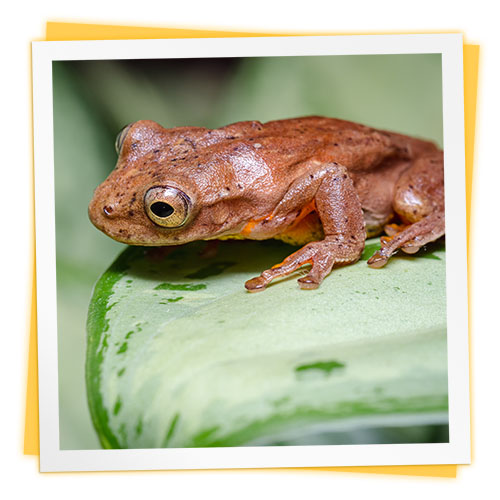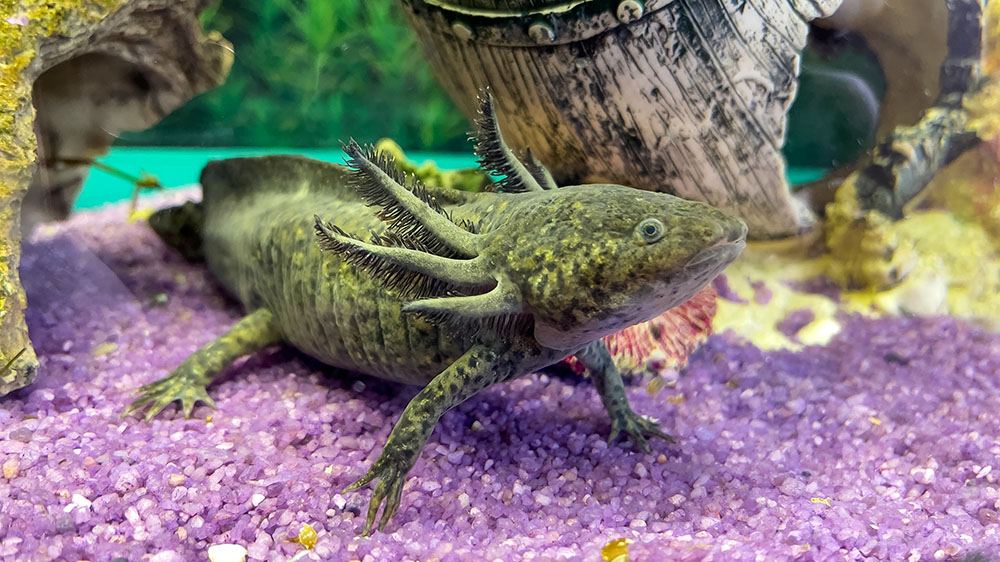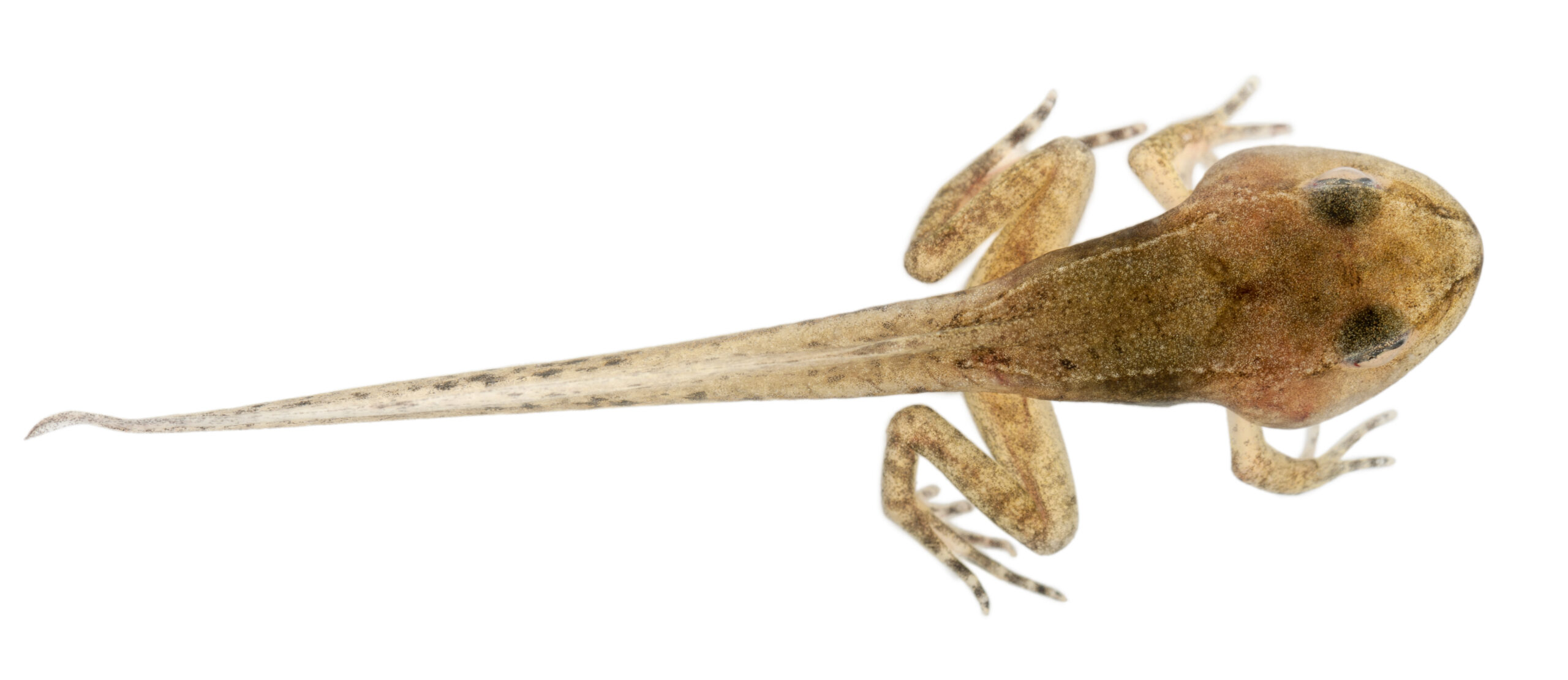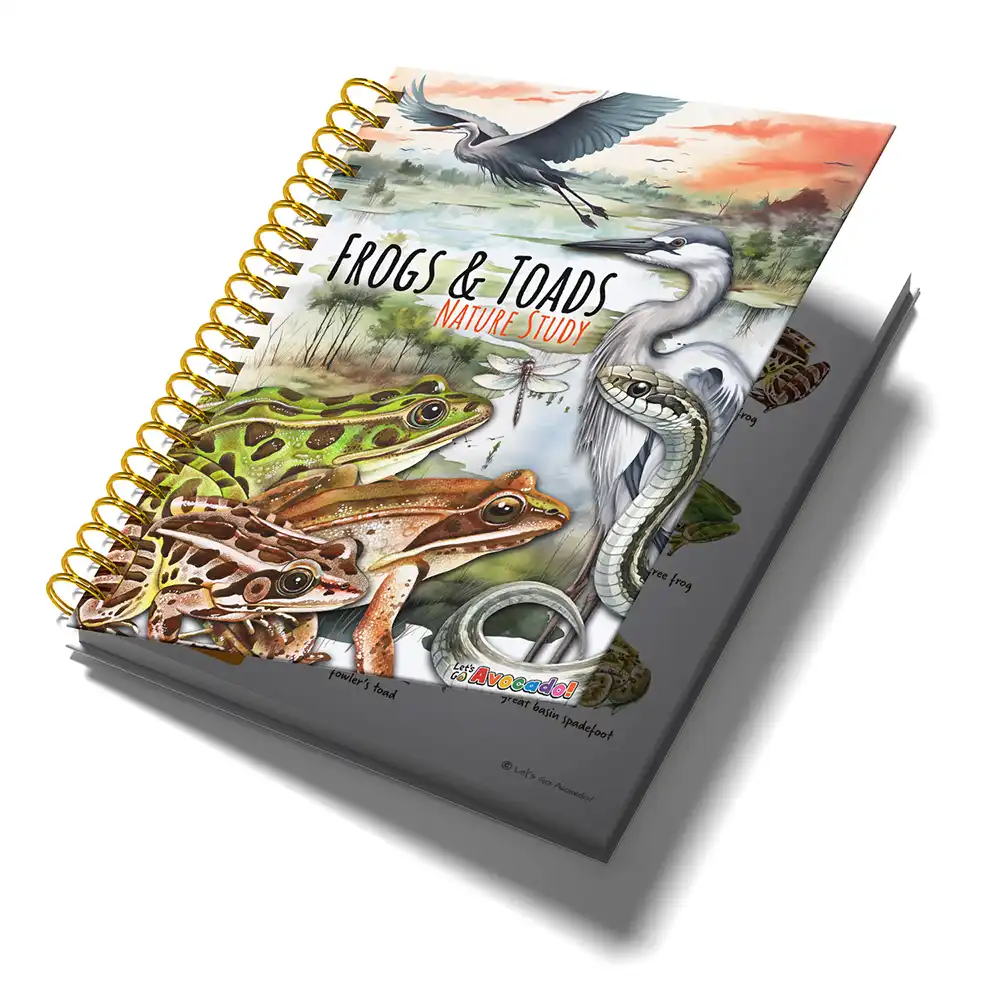This page may contain affiliate links.
Read our disclosure and privacy policy here.
Frog and toad metamorphosis is a fascinating process where these aquatic creatures undergo a remarkable transformation. As tadpoles, they start their lives with gills and tails, swimming in the water. But as they grow, something incredible happens – their bodies go through a big change. Their tails gradually disappear, and legs begin to sprout. At the same time, they develop lungs to breathe air instead of relying on gills. Their skin also transforms, adapting to their new life on land. This transformation, known as metamorphosis, turns them into fully formed frogs or toads. It’s a natural marvel that showcases the remarkable ways in which living organisms change and adapt to different environments.
Table of Contents
3 Interesting Facts About Frog Metamorphosis You Probably Did Not Know About
Why do frogs and toads go through metamorphosis?
The advantage of frog or toad metamorphosis is that it allows these amphibians to adapt to different habitats and take advantage of new food sources. Tadpoles are perfectly suited for life in the water, with their gills and tail that help them swim and feed on algae and plants. However, as they undergo metamorphosis and transform into adult frogs or toads, they develop lungs for breathing air and legs for movement on land. This transition enables them to explore terrestrial environments, where they can find a wider variety of food, such as insects and worms. Metamorphosis also helps frogs and toads escape from water bodies that may dry up or become inhospitable, allowing them to survive in different habitats and increase their chances of finding mates and resources. This adaptationAn animal adaptation is a physical feature or a specific behavior that allows it to better survive in its environment. Learn More has contributed to the success and ecological versatility of frogs and toads, allowing them to thrive in various ecosystemsAn ecosystem is a community of living organisms, like insects and birds, and non-living components, like water and rocks, that interact with each other in a specific area. Learn More around the world.

Did You Know?
Did You Know?
Download Printables
SKIPPING THE TADPOLE PHASE
Did you know that frogs of the ‘printimantis’ species undergo “direct development” instead of the typical tadpole stage? In these and some other species, the eggs develop directly into miniature versions of the adult frog, skipping the tadpole phase entirely. This means that they hatch from the eggs as fully-formed froglets that look like miniature versions of their adult counterparts. This unique adaptation allows them to bypass the risks associated with aquatic environments and ensures their survival in different habitats where water may be scarce.

Do tadpoles ever have both gills and lungs at the same time?
During metamorphosis, tadpoles do have both gills and lungs simultaneously. As tadpoles develop and undergo metamorphosis into adult frogs or toads, there is a transition from gills to lungs for respiration. But while the lungs are developing, their gills continue to function. Tadpoles then get a chance to try out the new lungs before their gills finally disappear! So they actually get to breathe in 2 different ways.
This process where a tadpole’s gills gradually shrink and then disappear is called “gill resorption”. During this time, the tadpoles also start developing lungs. As the gills diminish, the tadpoles begin to rise to the water’s surface more frequently to gulp air, filling their lungs and getting oxygen directly from the air. This allows them to practice using their lungs while still relying on their gills for oxygen as well. Once their gills have fully disappeared, the tadpoles rely solely on their lungs to breathe air.

A tadpole’s gills are actually protected by a skin flap called an operculum. So they are technically internal, and cannot be seen.
Once the gills have receded, and the lungs are fully developed, the young frog or toad is ready to emerge onto land and begin its adult life as an air-breathing amphibian.
Do all tadpoles go through metamorphosis?

Axolotls are a species of amphibian that usually remain in their larval (tadpole) phase and do not complete their metamorphosis.
Actually, there are a few amphibian species where their tadpoles do not undergo complete metamorphosis like most others. One example is the Axolotl, which remains in its larval (tadpole) form throughout its life, keeping its gills and aquatic lifestyle. Axolotls are actually considered salamanders to be exact, but I’ve included them here as an example of an amphibian that does not have to grow out of it’s tadpole stage.
Another example is the Darwini’s Frog, which goes through a type of direct development where the tadpoles hatch inside the male frog’s vocal sac and come out as tiny froglets, skipping the tadpole stage altogether. These unique cases highlight the diversity and adaptability of amphibians, demonstrating that not all species follow the typical metamorphosis process.

There’s a lot to explore right where we are, in our own neighborhoods and backyards! Join us while we get off the couch and explore the everyday wonders of nature, science, space, engineering, art, and anything else we stumble upon during on our adventures.




